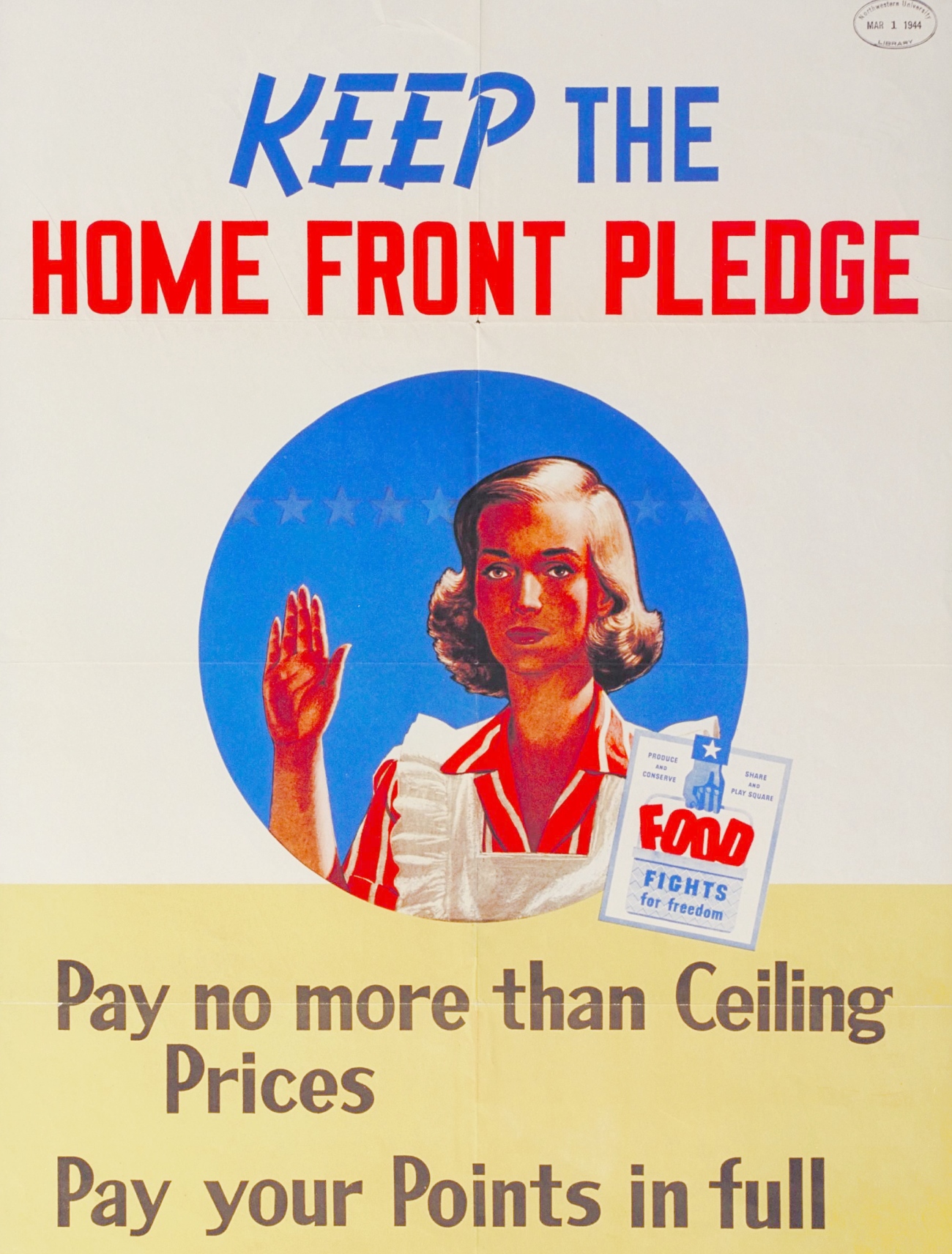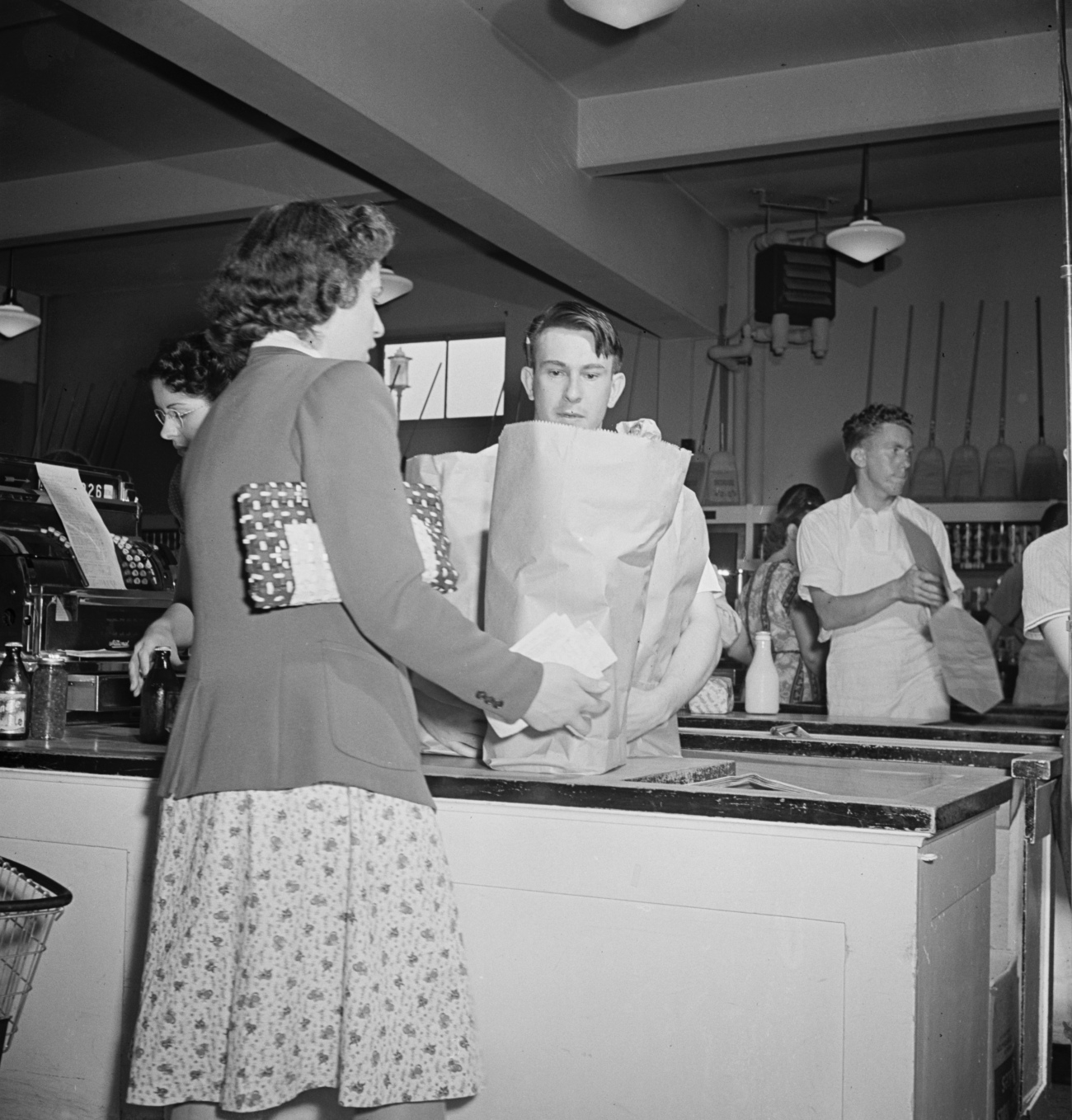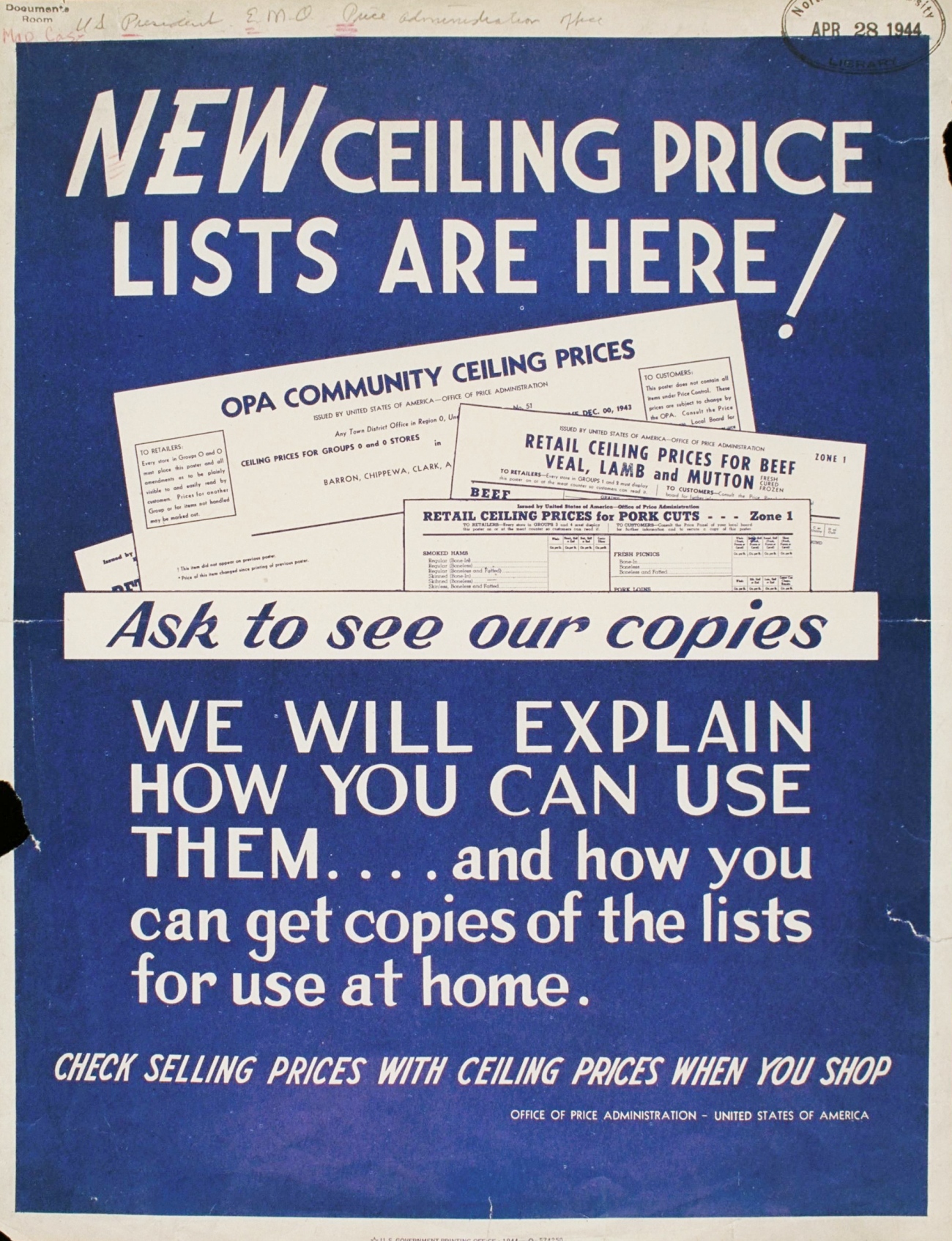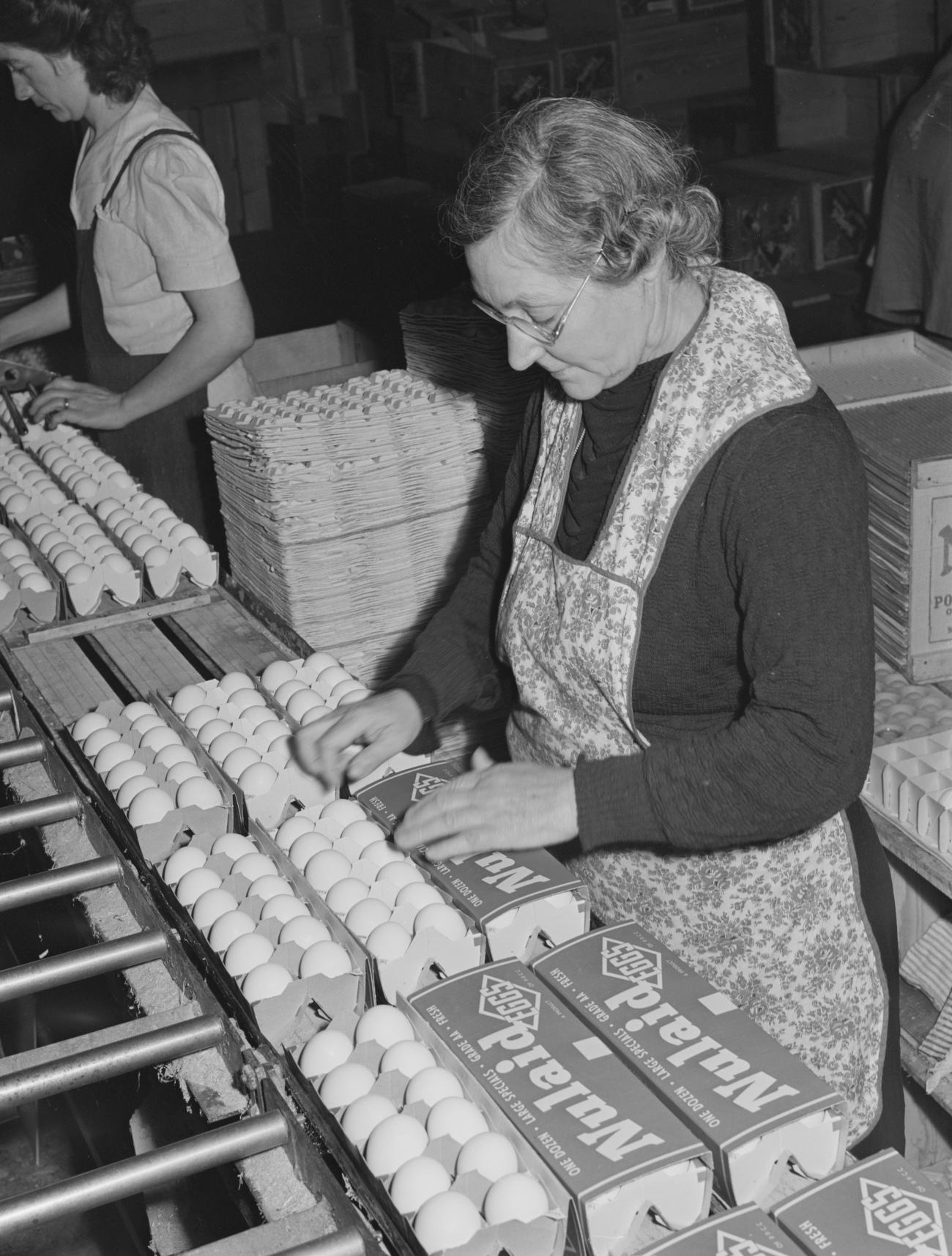The Price of Eggs 80 Years Ago Might Shock You
The price has been a hot-button issue for years.
It’s no secret that the price of most things has gone way up in recent years. This is apparent in the price of homes and cars, but you don’t tend to buy a new one of those every week. But, where we notice the prices changing the most tends to be at the grocery or department store since we shop their more often. Grocery prices can go up and down, but the trend the past few years has been a steady wave of increases that never seem to go back down.
It’s interesting to look back on history to find out how things were priced in the past. Previously we’ve taken a look at hospital bills of the past and grocery prices in the 1950s. Today we’ll be looking at the prices of eggs in the 1940s. And, surprisingly it’s not the pricing structure we would have imagined!

In 1945 the price of a dozen eggs was 50¢ per dozen. Adjusted for inflation in 2025 money that would be about $8.92! This might seem like a lot, but this was the price after it had been capped by the Office of Price Administration, a governmental agency put in place in 1941 to keep prices from rising too much during the period of uncertainty brought on by World War II.
When the agency began to exercise its power a price list of maximum prices that sellers could charge for certain everyday items was created.

By 1945 signage boasting how much the price of eggs had been limited was being displayed in some stores. One sign read: “Over $1.00 a dozen in 1920” and “Today’s price 55¢ Doz. thanks to O.P.A.”

Wartime rationing meant that a number of different products were available to buy in limited quantities per person to ensure that everyone got to have some. Because meat was more limited than it had been before eggs surged in importance. Eggs for dinner was promoted by the government as a protein-rich alternative to various cuts of meat.
Even though eggs weren’t rationed they still fell under the umbrella of the OPA. While the signage claimed that eggs were only 50¢ per dozen, data from the previous year showed the prices had been fluctuating quite a bit.

According to the United States Bureau of Labor Statistics price list (bulletin #899) for 1944-1945 the price of eggs in 1944 averaged between 45¢ and 67¢ a dozen. Black markets rose up around many other goods, so it’s not impossible that some grocers were selling eggs above the ceiling price and cashing in on this scarcity mentality. However, the OPA enacted a campaign where shoppers (mainly women) were encouraged to report higher prices should they encounter them.
Local price boards were made up of volunteers and they checked prices, investigated complaints, and advised both shoppers and sellers on the specifics of the program.
Here’s the price breakdown for a dozen eggs over the years:
- $1 in 1920 = $16.46 today
- up to 67¢ in 1944 = $12.23 today
- 50¢ in 1945 = $8.92 today

$16 per carton does seem like a lot for eggs and the prices were not as cheap back then as we would have thought! Since WWII subsidies for egg producers combined with more efficient farming techniques have meant that eggs have not been as expensive in the decades that followed. Recently bird flu and other problems have led to rising prices, but thankfully most locations have not yet seen prices as high as in 1920!
SKM: below-content placeholderWhizzco for DOT

